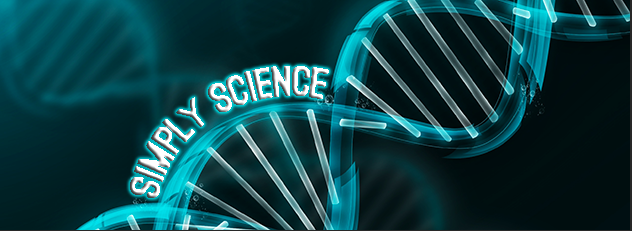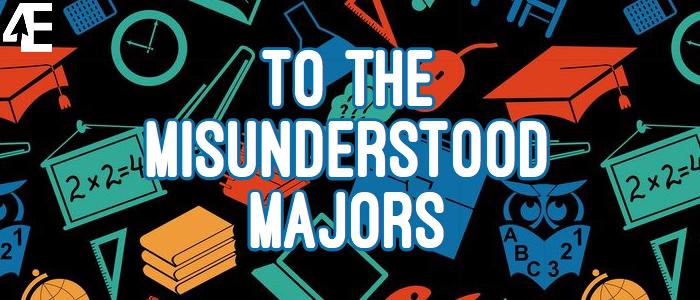There comes a time in every young Hoya’s life when, after a series of stunning beer pong victories or Macho Man dominance, one begins to question whom to thank for prodigious drinking abilities. Should you praise the benevolent gods after a flawless shotgun? Perhaps you should pour one out as a gift for Irish ancestors watching from the Great Pub in the Sky? Maybe you have no one to thank but your own sweat and tears, blood and pain, puke and rallies (Editor’s Note: I call it a ‘Boot and Re-boot’) that have made you the champion you are today. These, friend, are the questions that haunt our walks to Rhino.
Luckily for us, the brave men and women of science have resolved to take this mystery back to the tap, er … I mean, source. In a study presented last week to the American Association for the Advancement of Science (oh yeah, nod and smile like you’re on their email list), Stephen Benner traced the ability to process alcohol back to a common ancestor between humans, chimps and gorillas; an ancient relative that got tipsy 10 million years ago.

Here’s the story: When some primates decided to get off their high horses (trees) and start spending time with the terrestrial folk, fruit that had been fermenting on the ground became a viable snack option. Fermentation turns sugar into ethanol, and ethanol is then digested by a special enzyme in your esophagus, stomach and intestines. As ethanol is the type of alcohol found in beer, wine and spirits (a generous term for the crap you buy at Wagner’s), having an enzyme that can metabolize it is crucial to the success of your Mason Inn adventure. So how did these tricky scientists figure it out? They started by comparing ADH4, the enzyme humans have for ethanol breakdown, with the versions of this enzyme found in other primates. By mapping the genes corresponding with the enzyme onto the primate family tree, they were able to see that a functional version of ADH4 (aka the ability to handle ethanol) appears on the branch that leads to chimps, gorillas and even that drunk girl throwing up in John Carroll’s lap.
So next time you emerge from a pregame standing tall and walking (almost) straight, take heart in the fact that a 10 million year old ape with a taste for rotten fruit is smiling down on you; after all, you and your enzymes are living out his legacy.
Photo: HelloFelix.com









